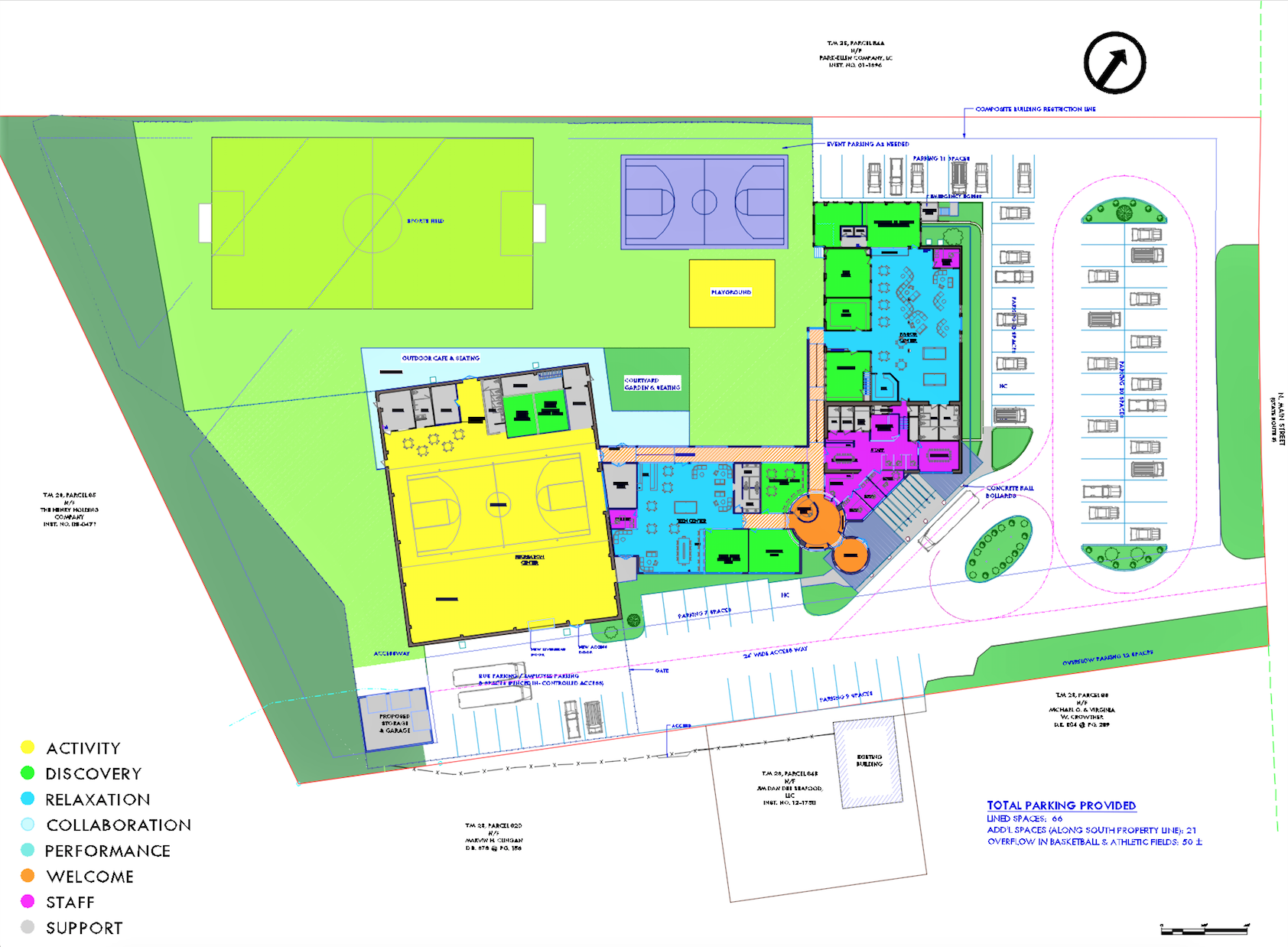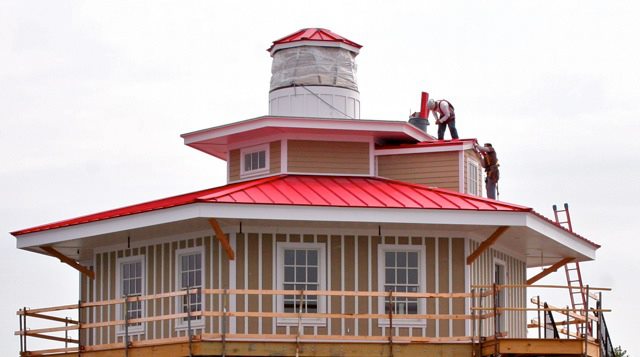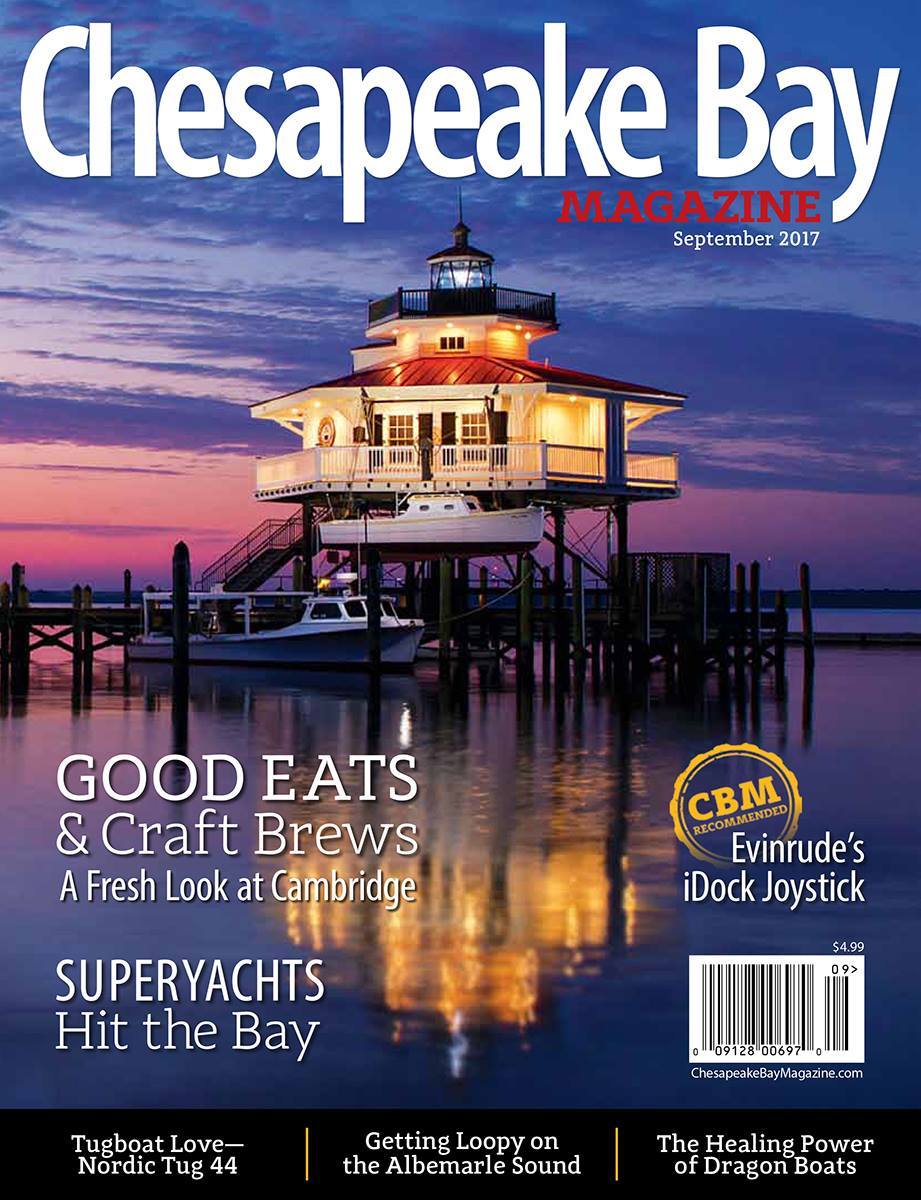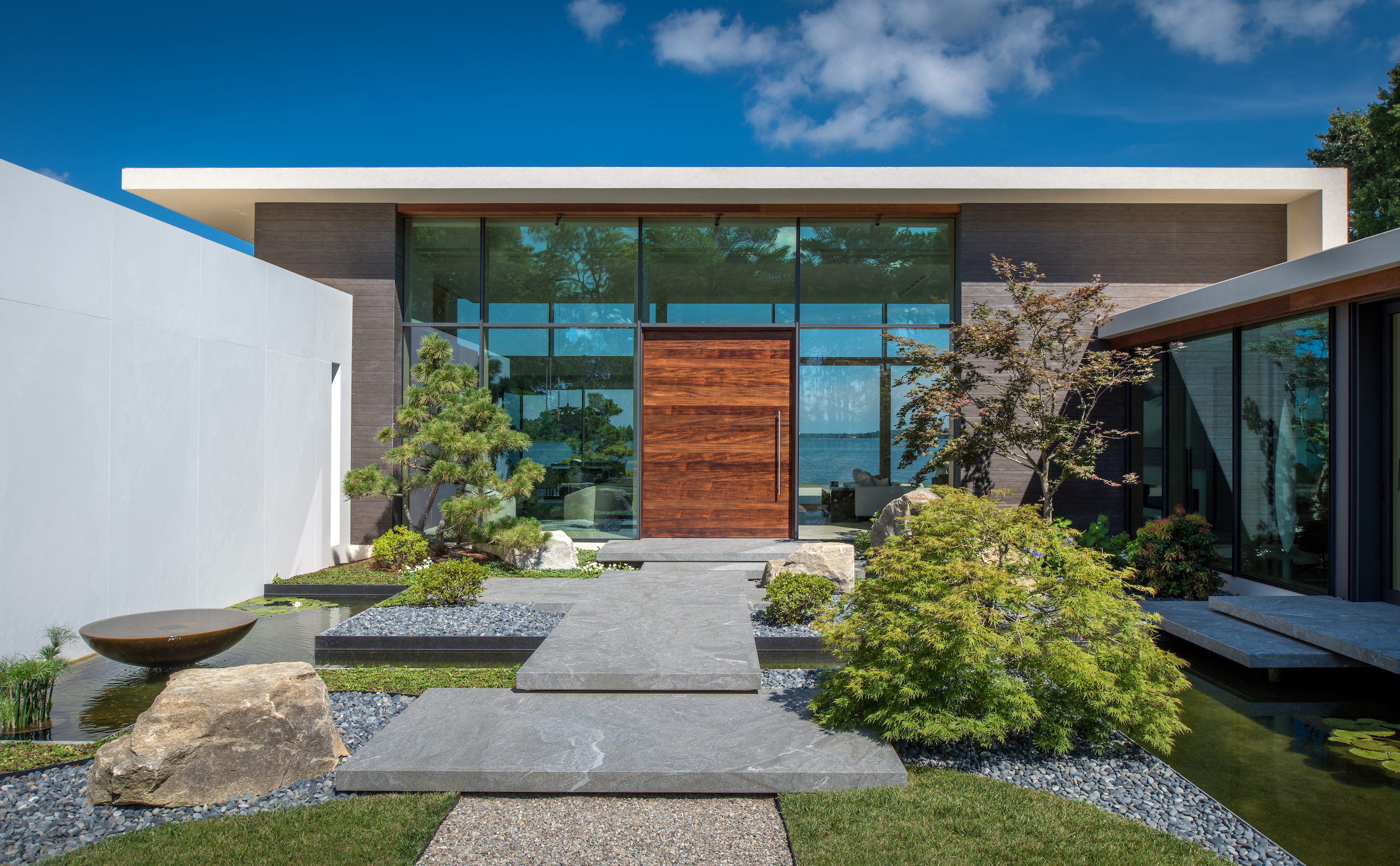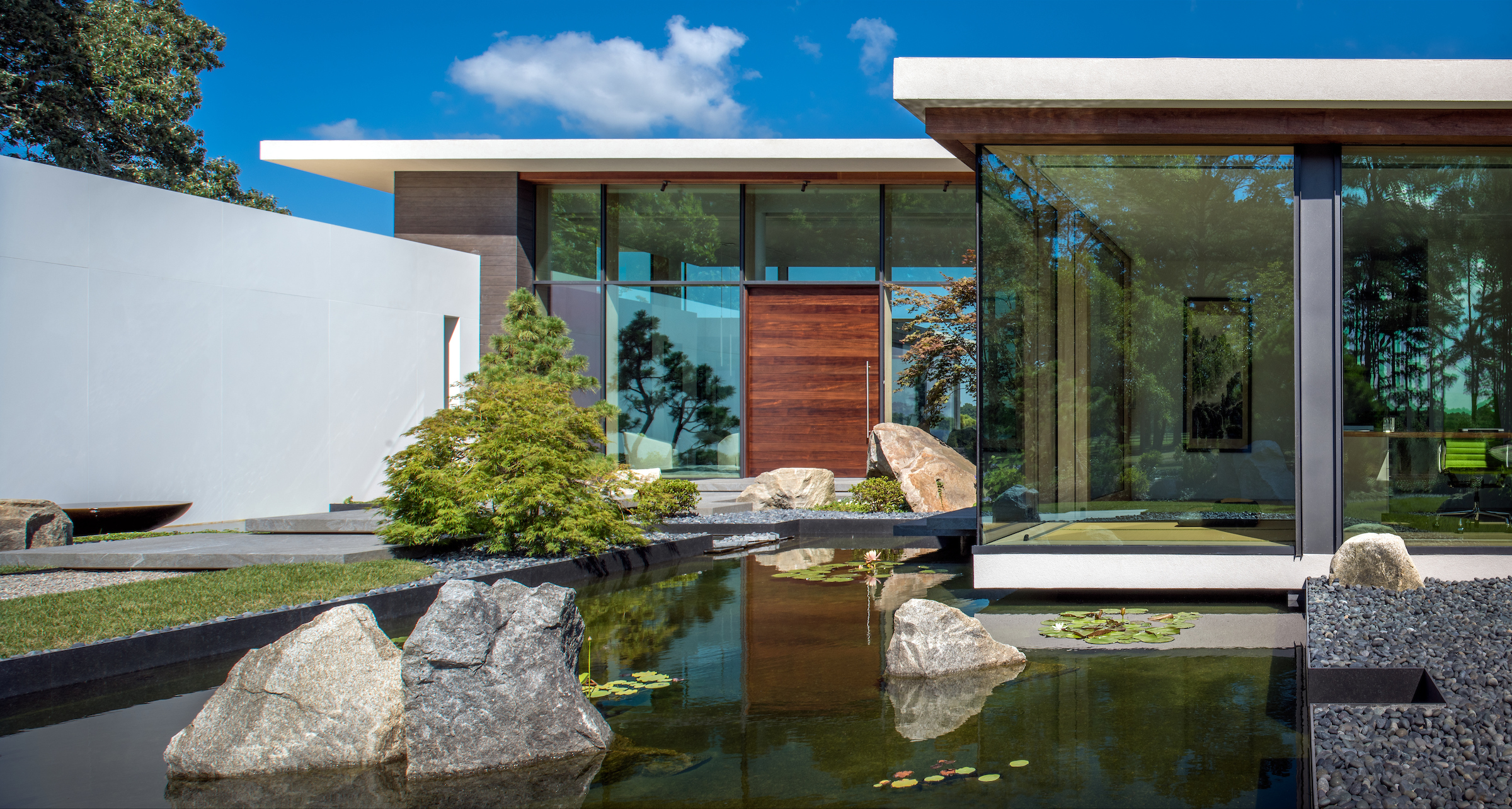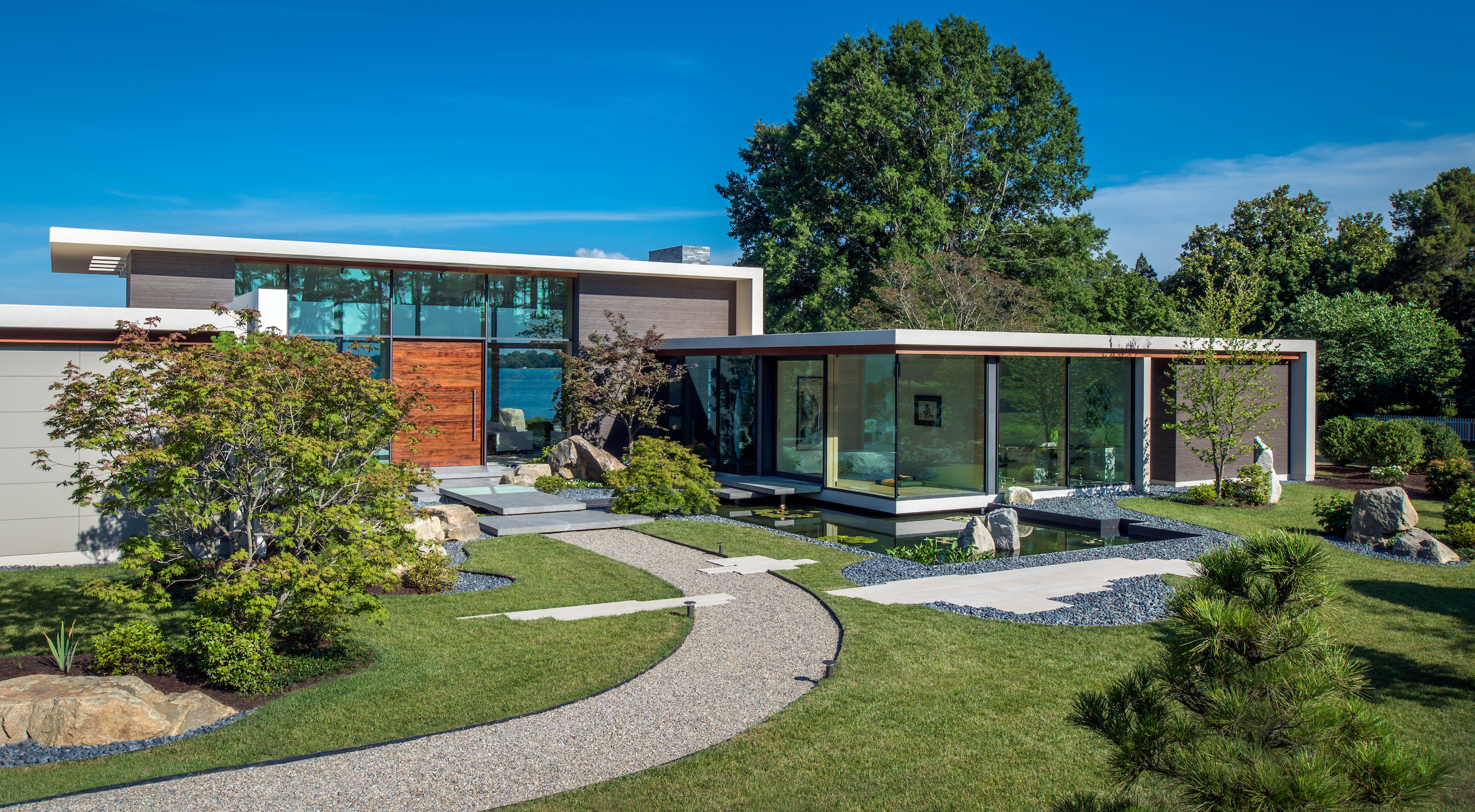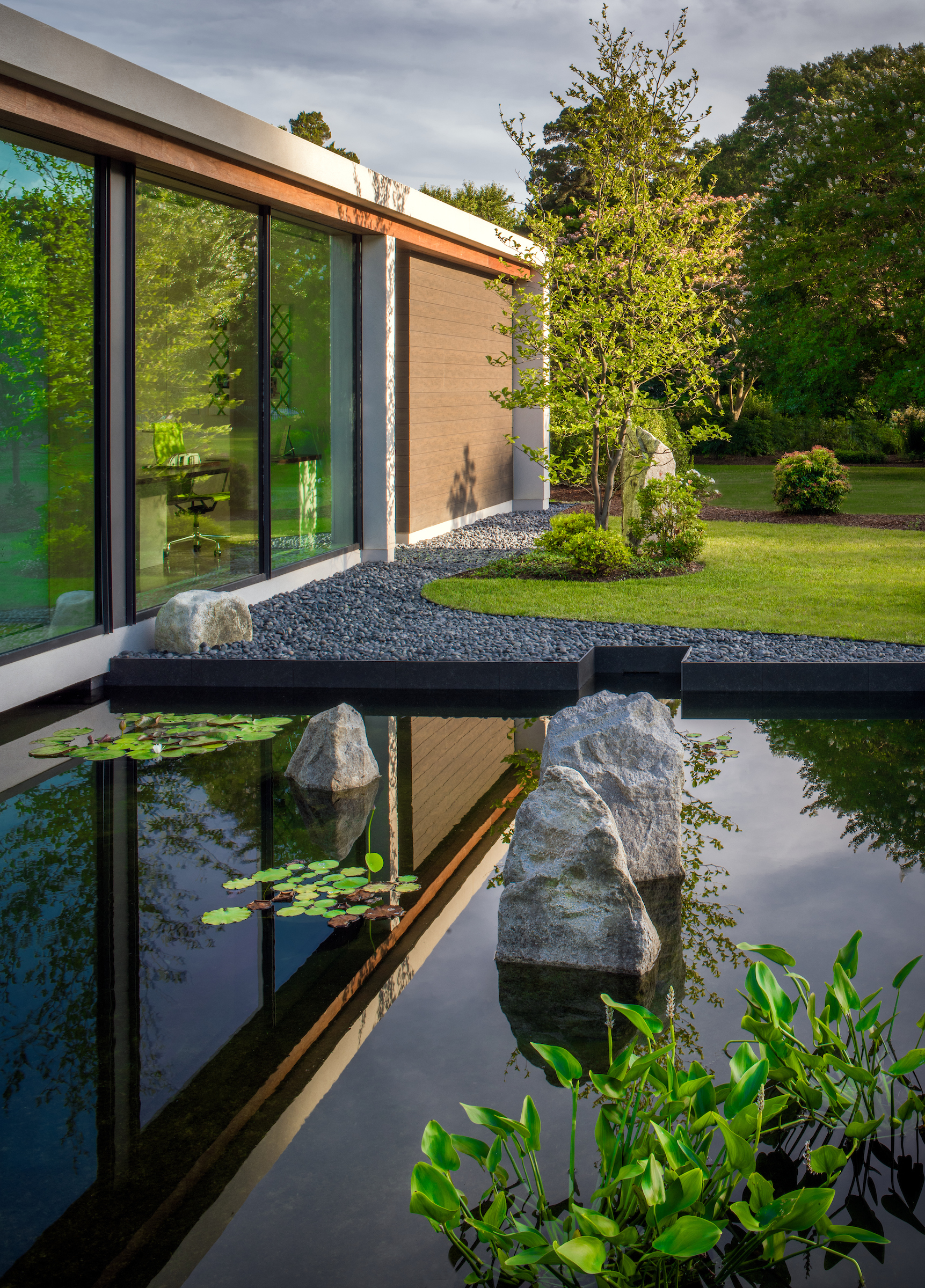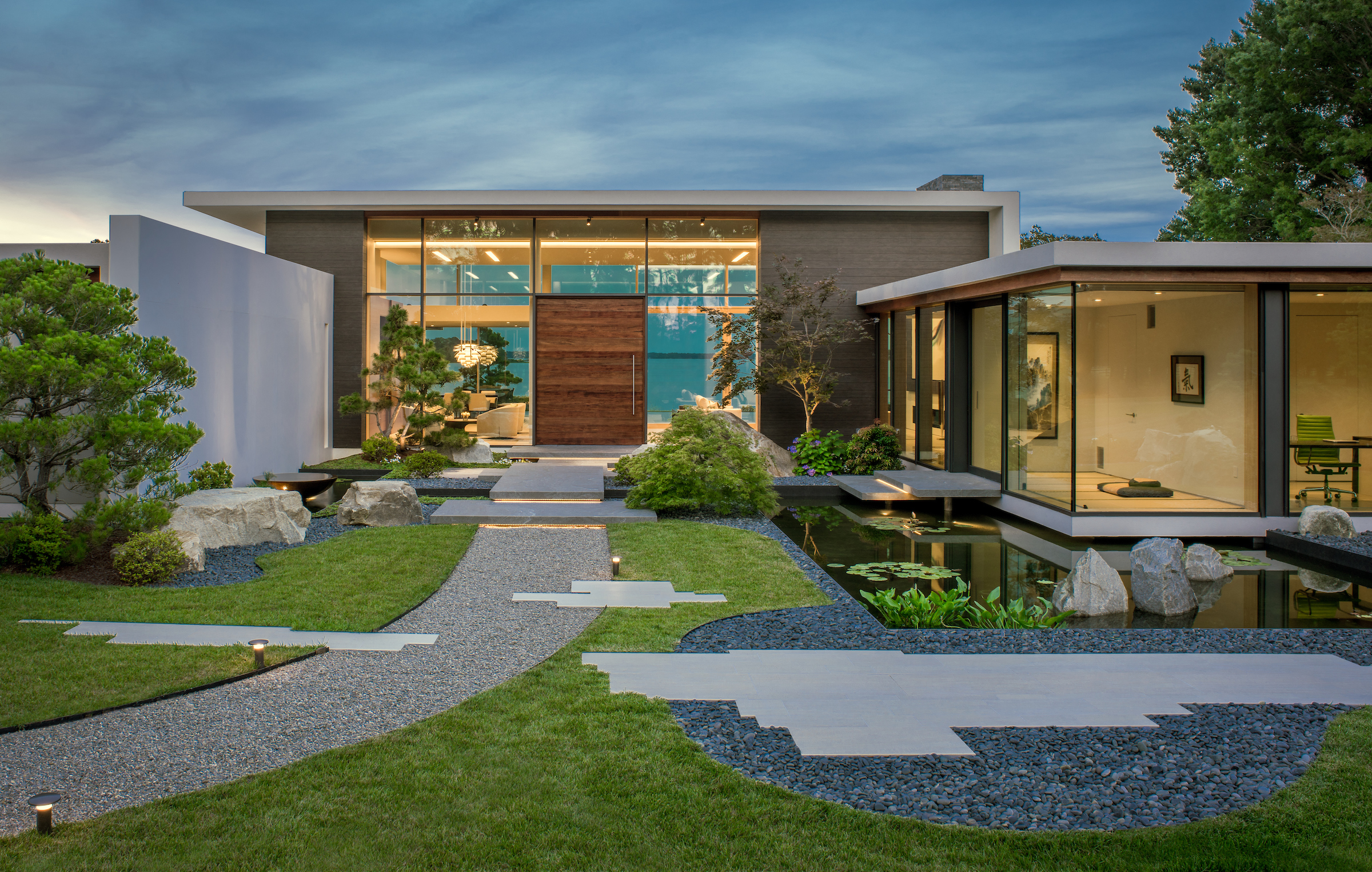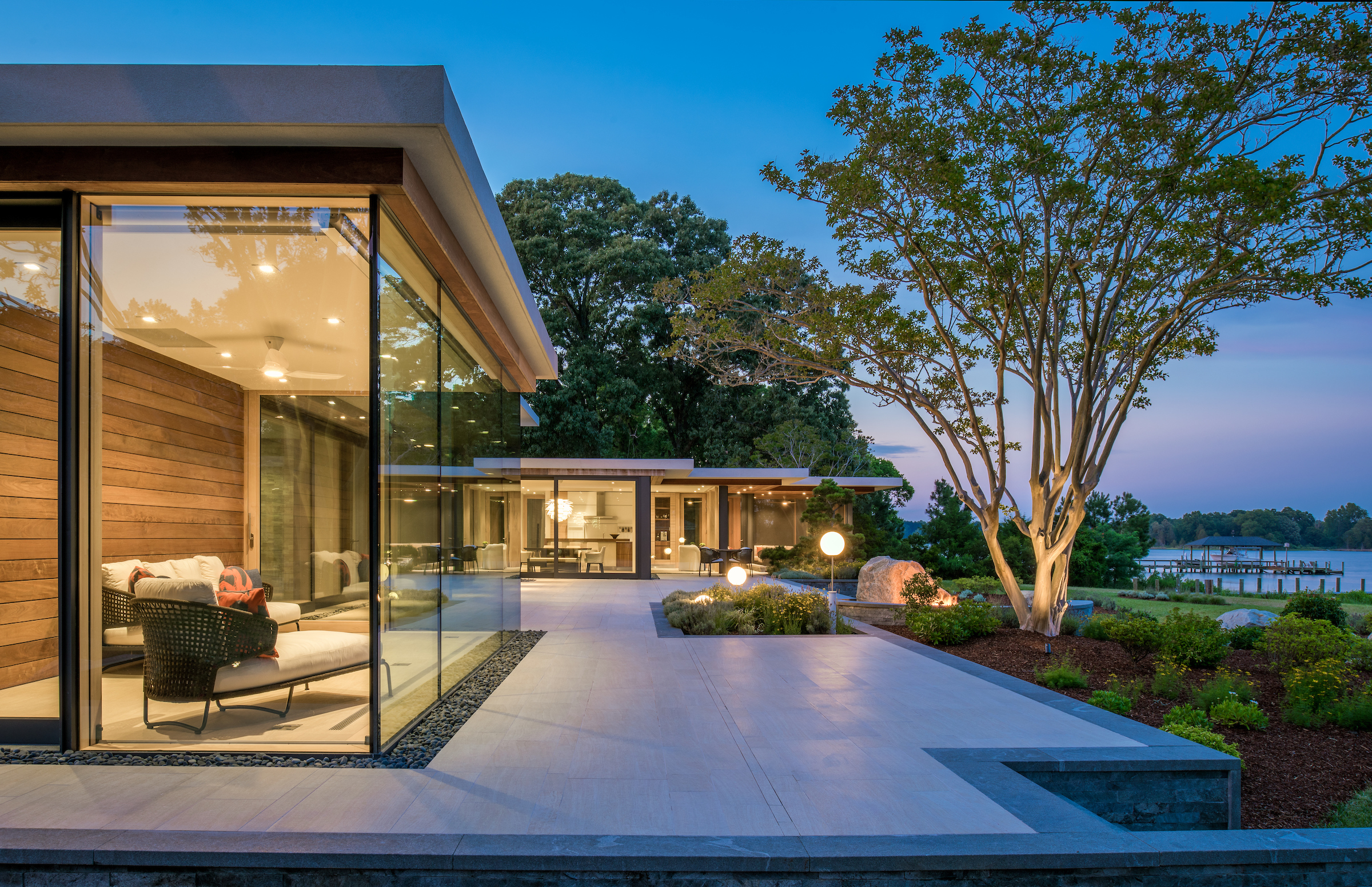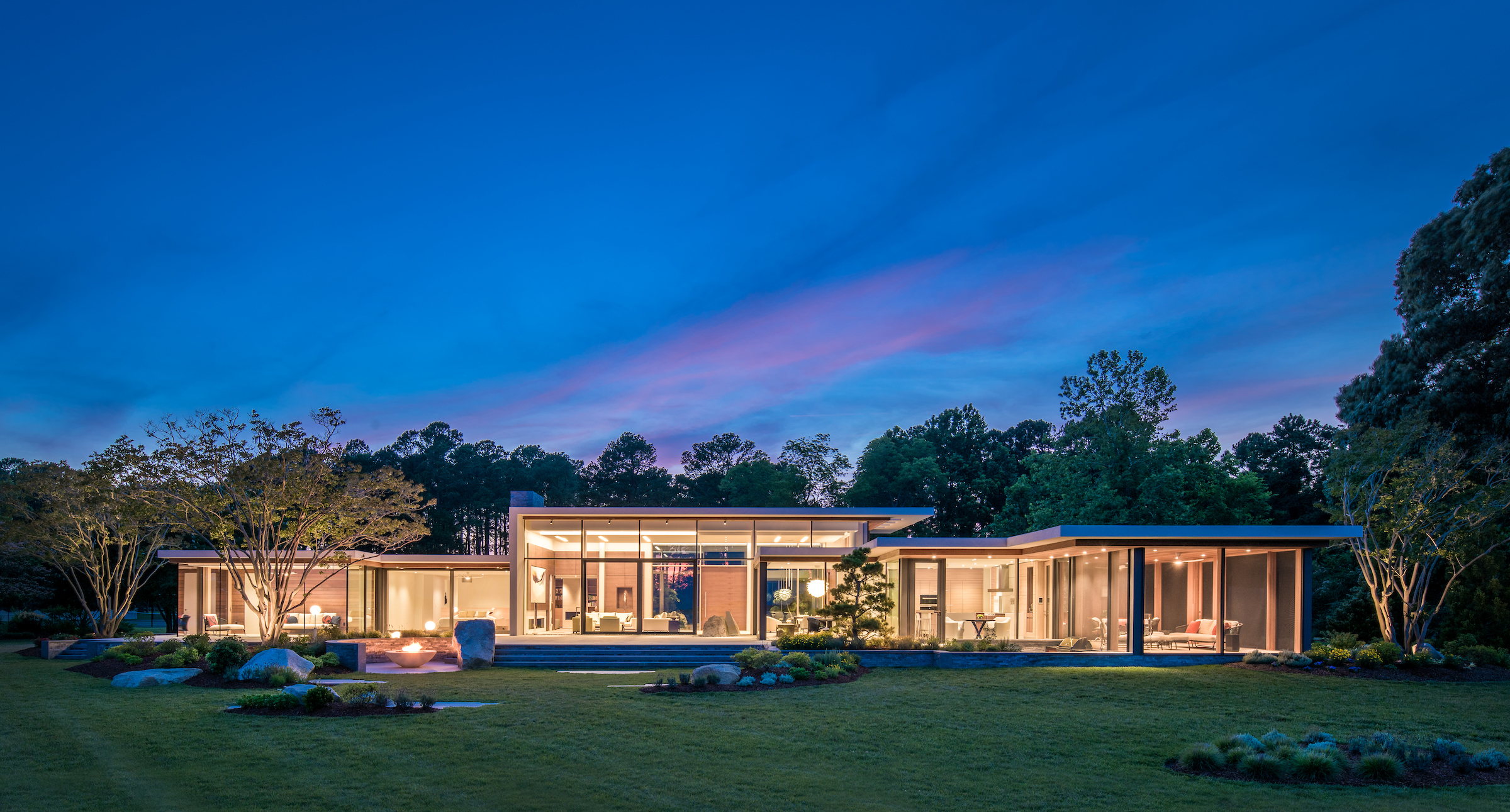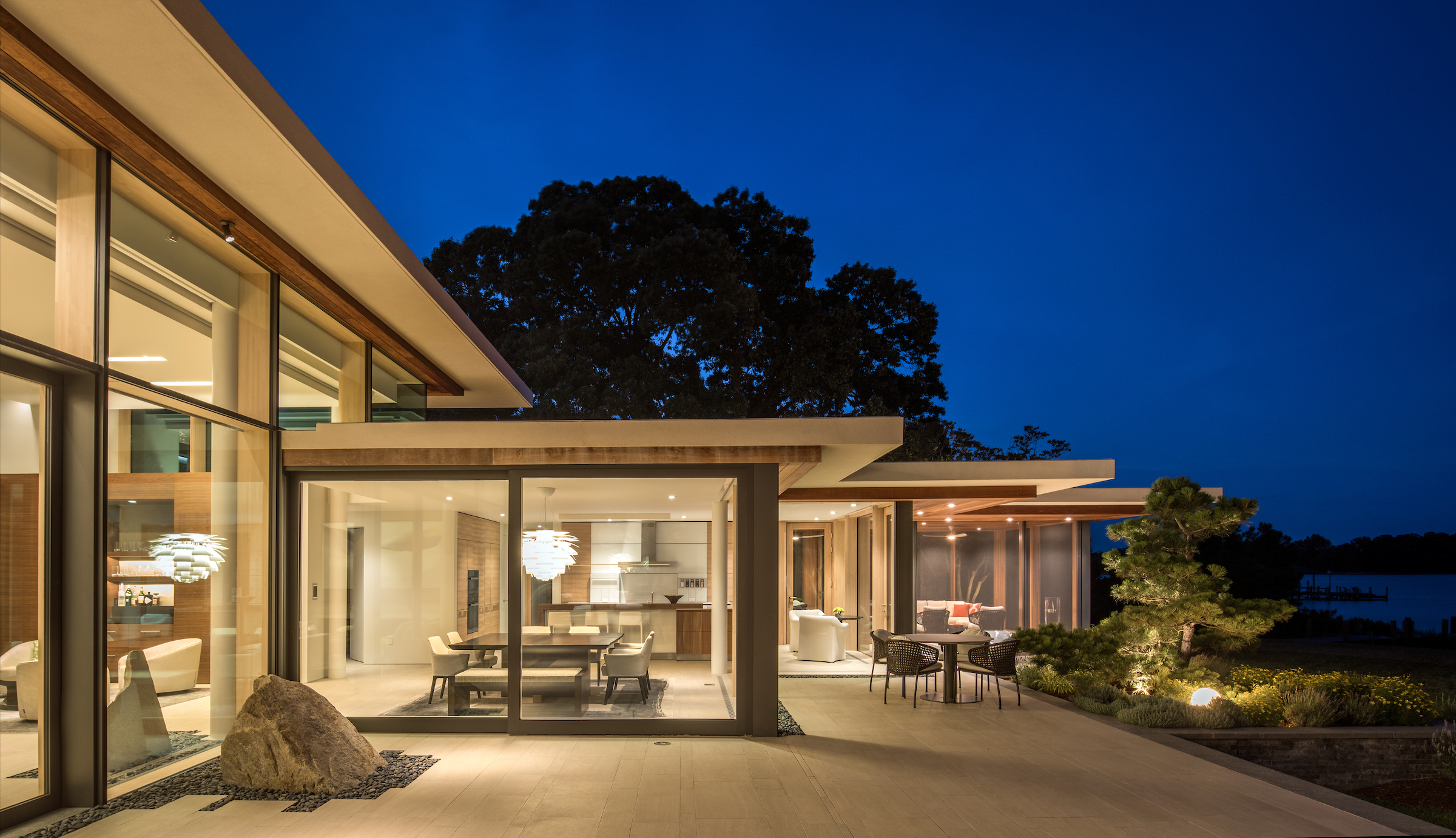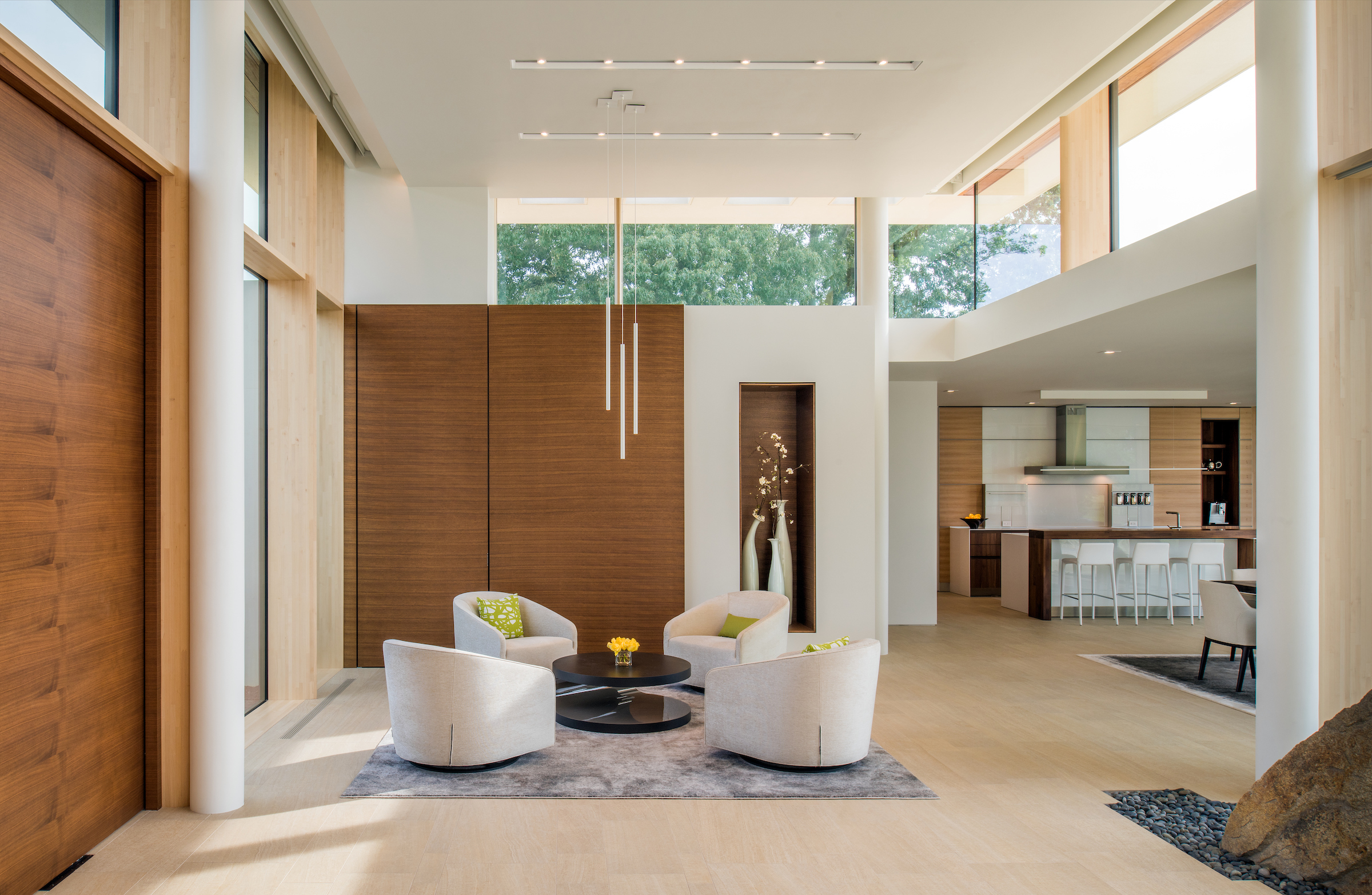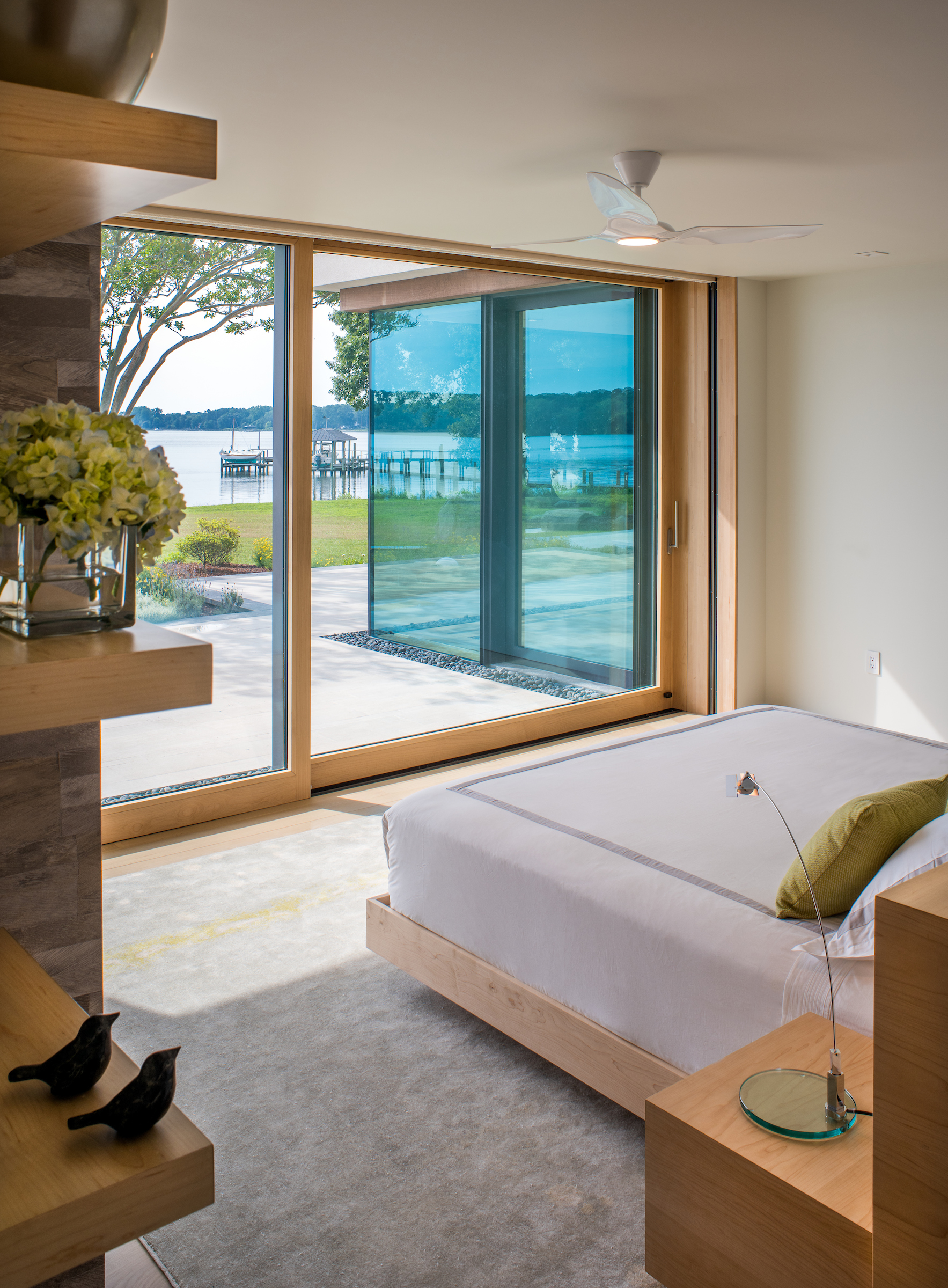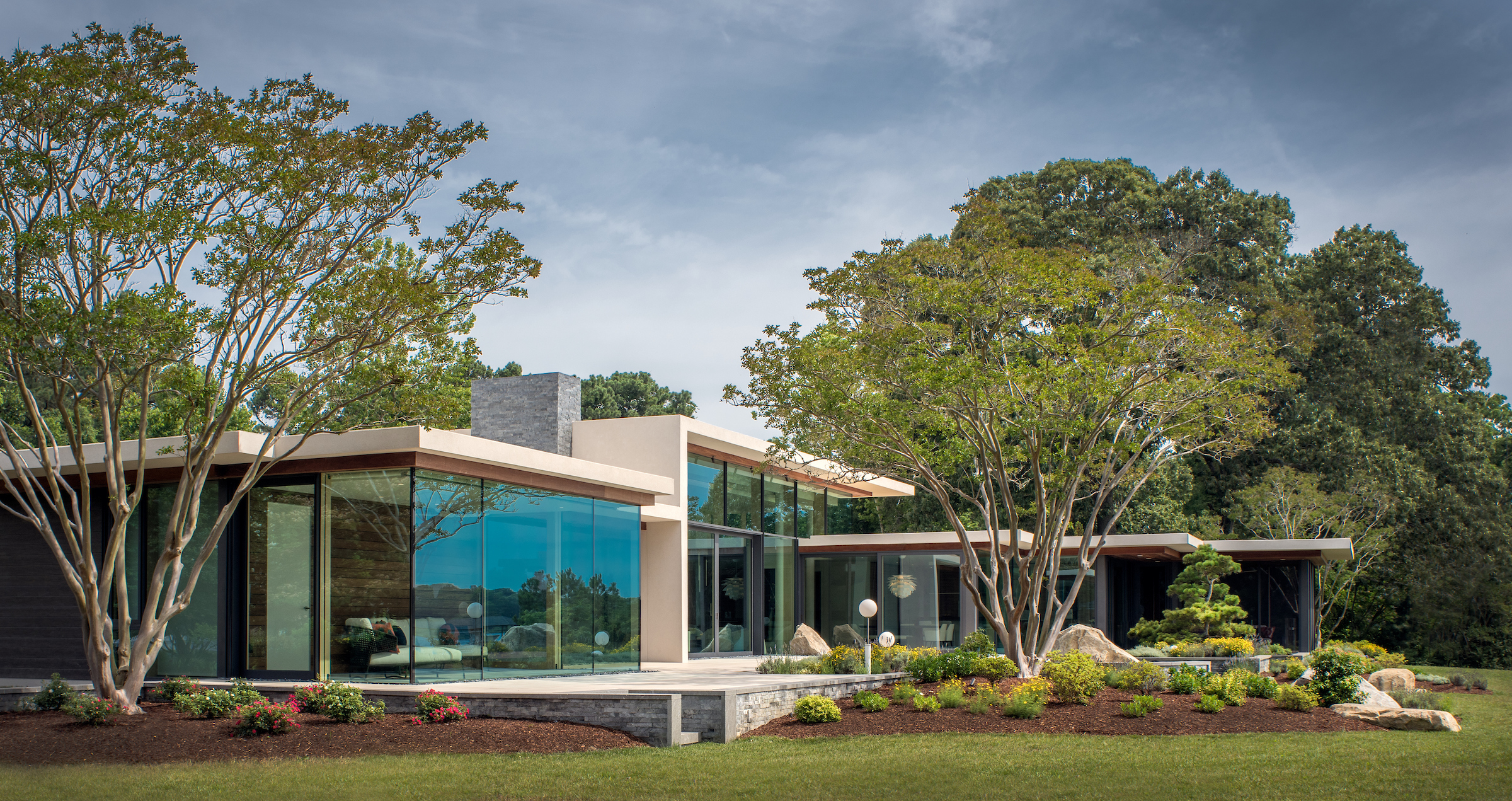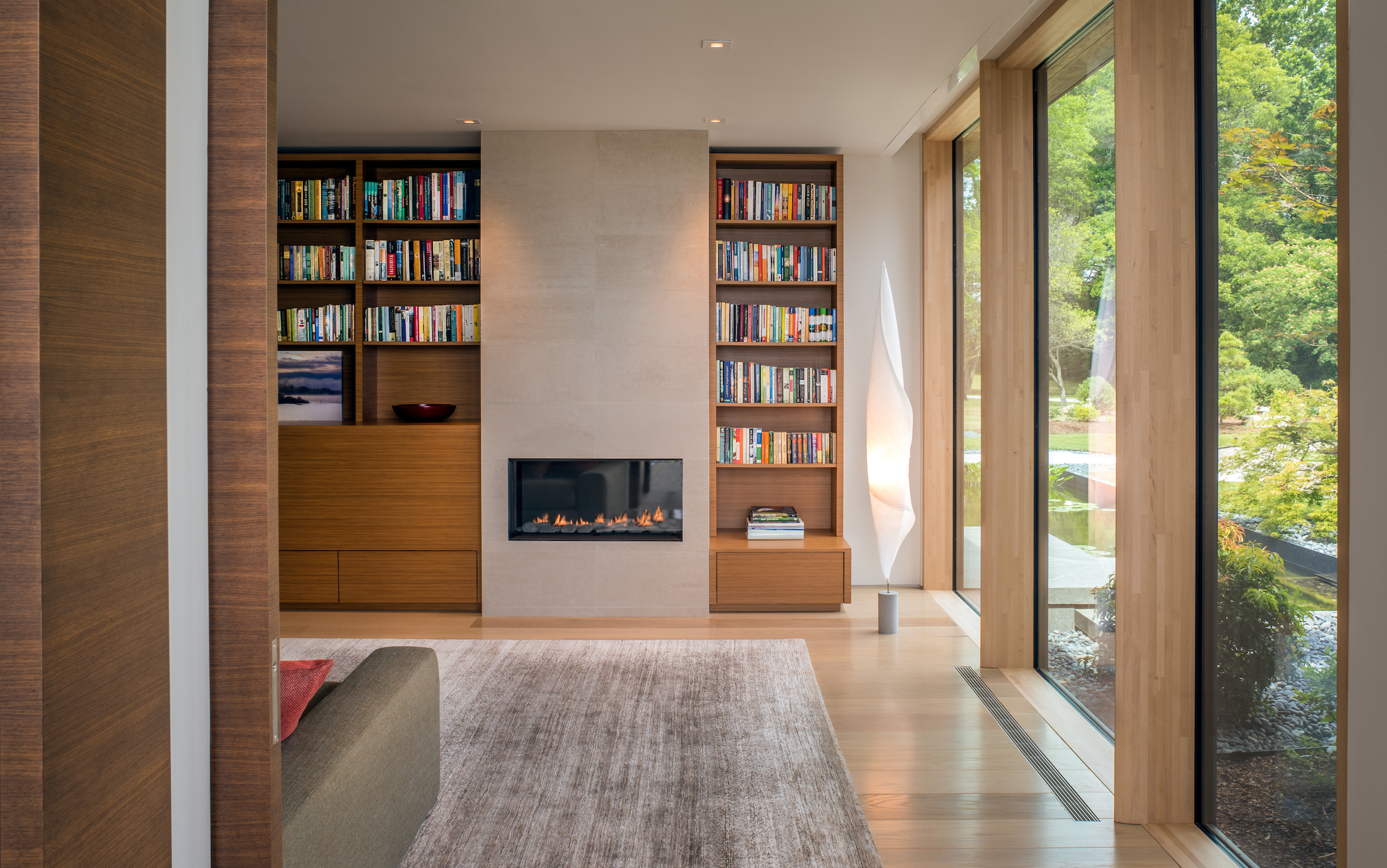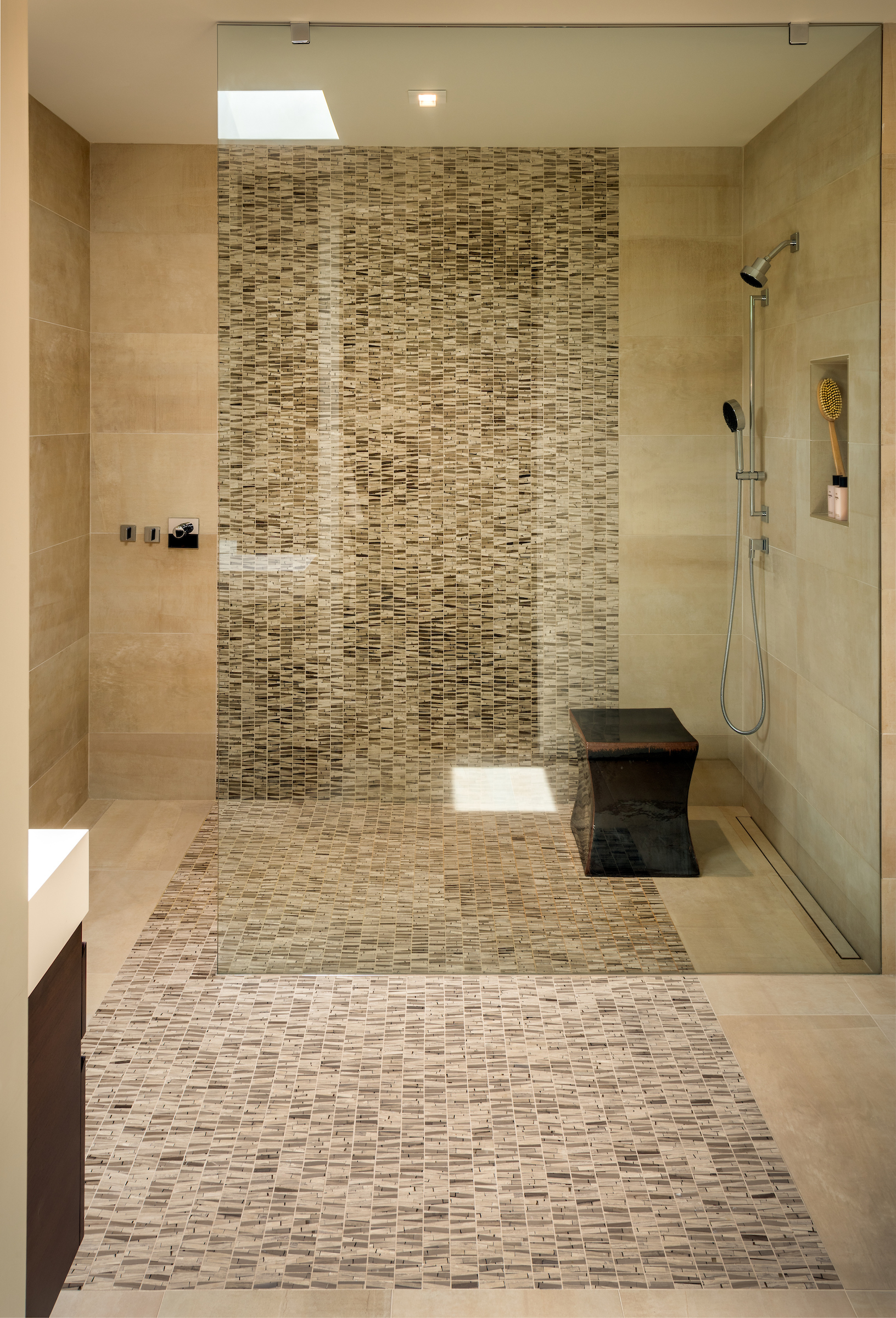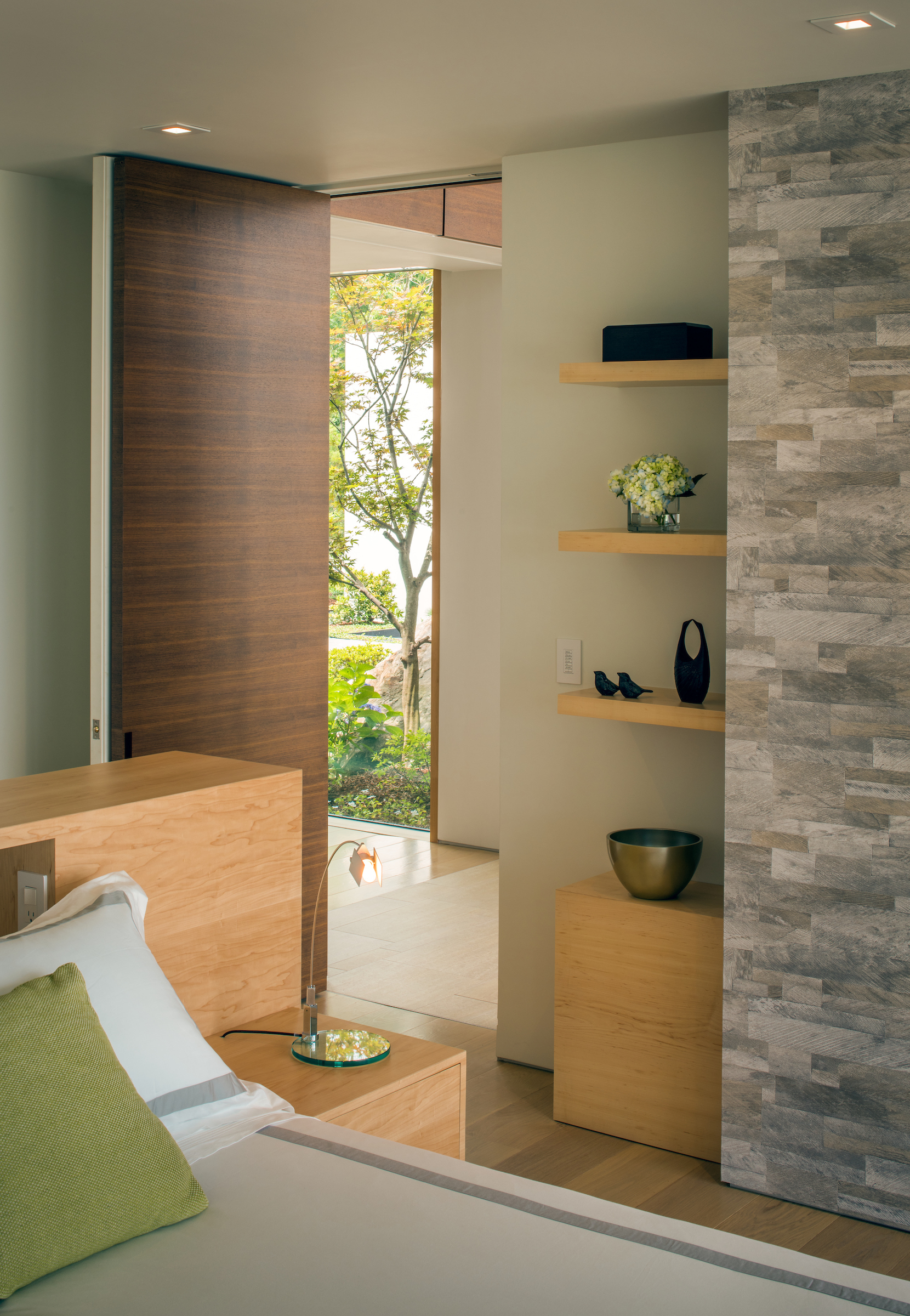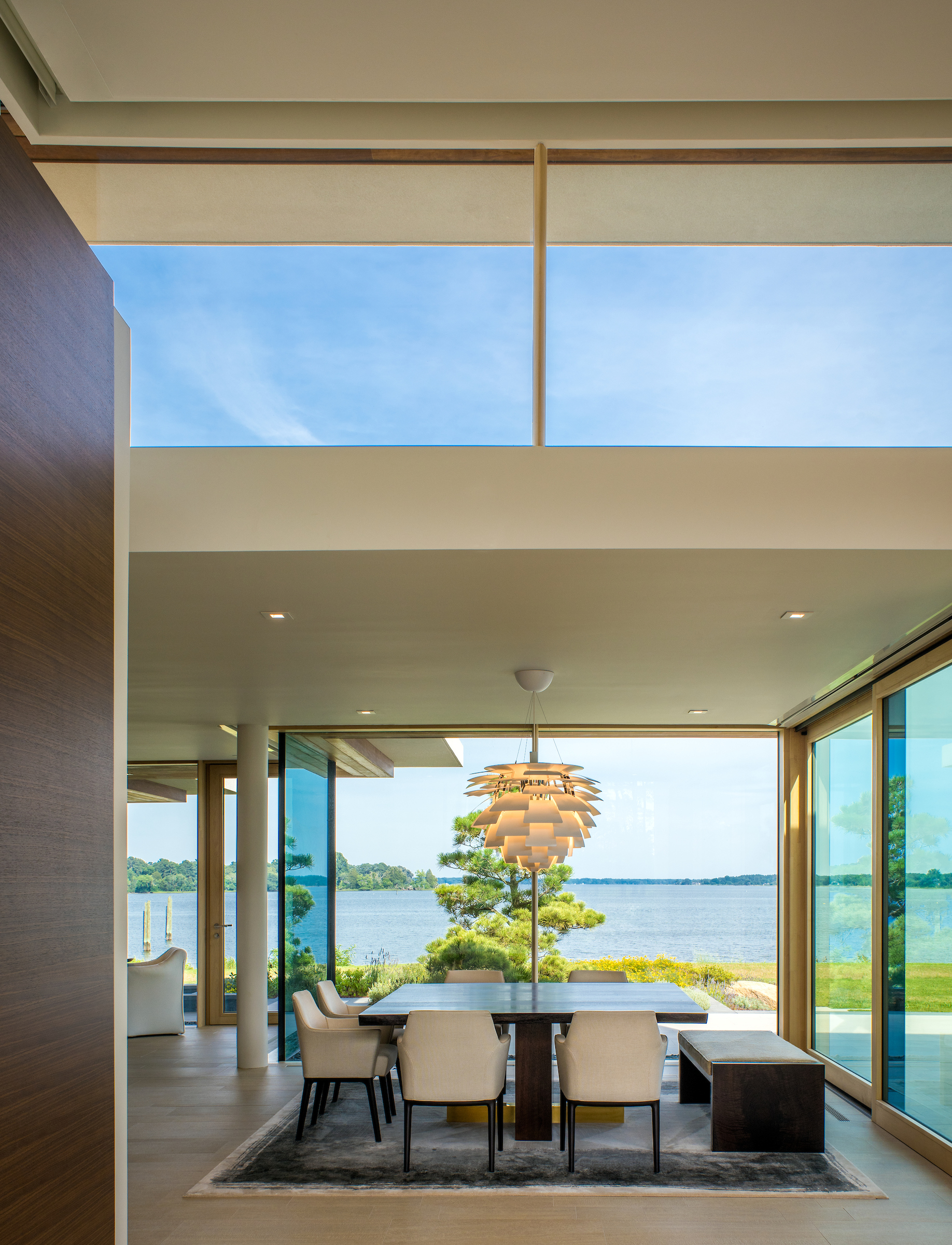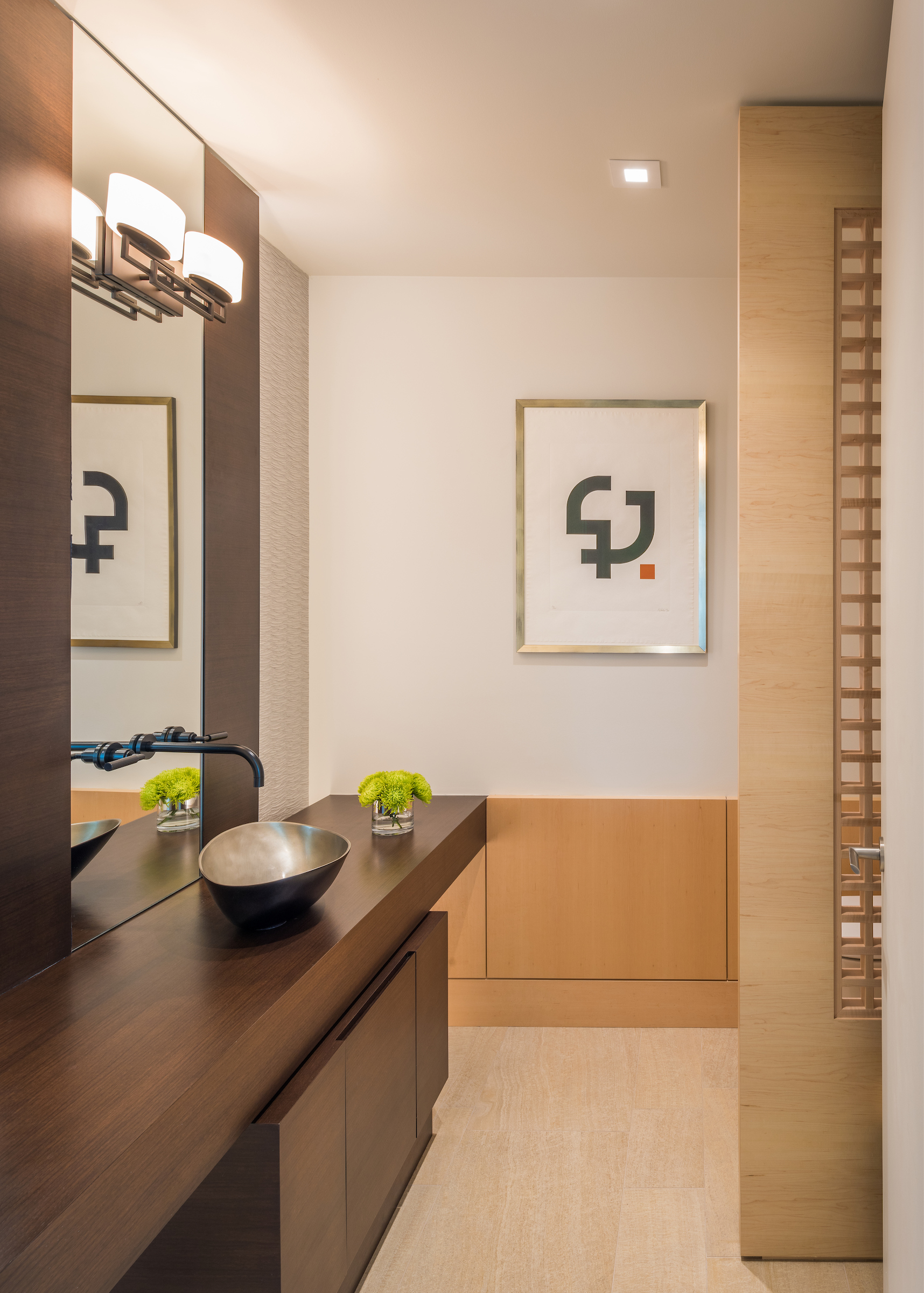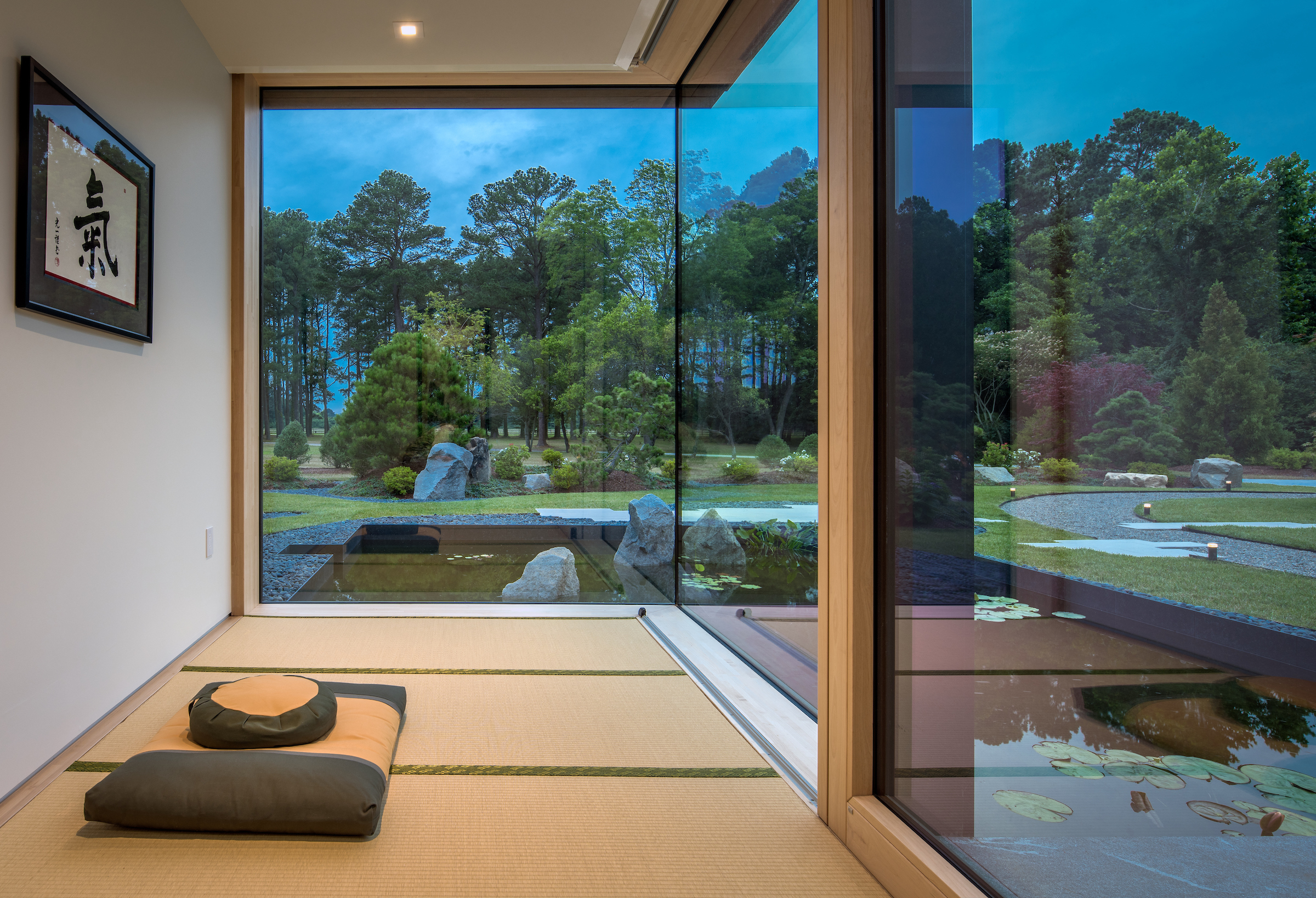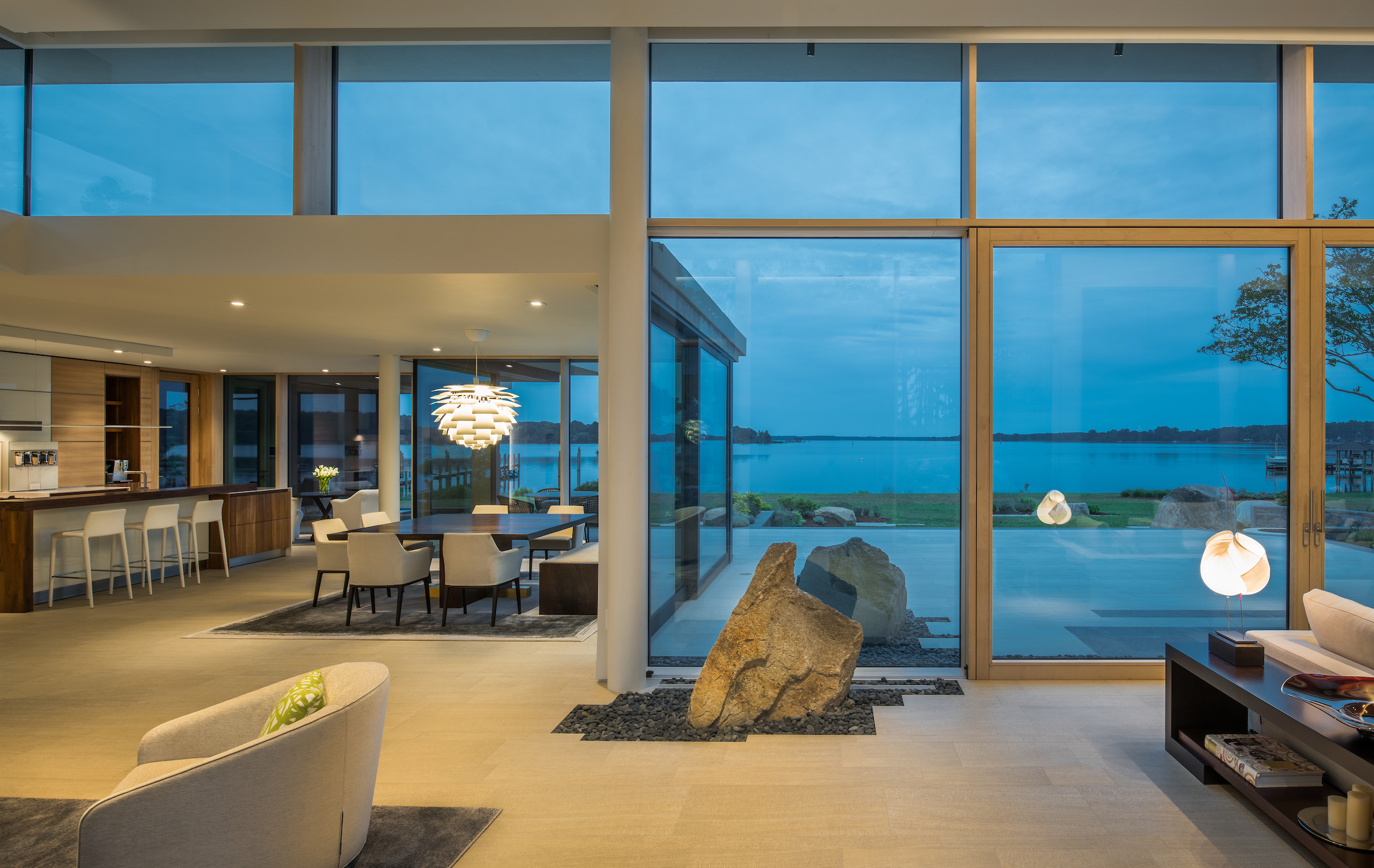The Local Scoop Magazine and the Rappahannock Record recently shared the news that the Boys and Girls Club of the Northern Neck is renovating and expanding!
Wonderful things are happening in our community and we are honored to be a part of the excitement! Randall Kipp Architecture is working with the Boys & Girls Club of the Northern Neck to renovate and expand their North Main Street location. Learn more about the project below.
One of the exterior renderings by Team Kipp. More renderings below.
As printed on the front page of the Rappahannock Record on October 18, 2018:
Boys & Girls Club Announces “Building Great Futures Campaign”
Kilmarnock - The Boys & Girls Club of the Northern Neck (BGCNN) recently launched the public phase of a campaign to raise $2.6 million.
The “Building Great Futures Capital Campaign” will fund a major renovation and expansion of the BGCNN facility at 517 North Main Street in Kilmarnock. In addition, it will support the on-going operations and strengthen its financial base as the club expands.
The board of directors and a special campaign leadership group have been involved in the development of the campaign for the past year and to date have raised over 70% of the total goal from foundations, businesses, churches and individual supporters.
“We are turning now to our wonderful local community to help put us over the top,” said board chairman Karla Beale. “After 10 years, we have outgrown our facility and it is showing the effects of constant hard use by as many as 175 kids a day. We’re counting on the community to help us reach our goal.”
The campaign leadership group includes Terri Wesselman and Julien Patterson, as well as Rosemary and Paul Trible as honorary co-chairs. William and Carolyn Hines, Randall R. Greene and Donna Anderson manage the day to day planning and fundraising activities of the campaign.
The plans for the expansion and renovation of the facility have been developed by the award-winning firm Randall Kipp Architecture Inc. of Irvington.
“The design calls for the complete renovation of the main building, the construction of a new teen center to connect the two existing buildings, the development of green space and outside recreation areas, plus a dramatic new and secure single point of entry,” said chairman Donna Anderson. “Careful consideration has been given to environmental and safety issues.”
“The Boys & Girls Club of the Northern Neck was officially chartered in the summer of 2008. From those early days the club has grown to over 400 members, primarily from Lancaster and Northumberland counties, who in many cases attend several times a week,” said chief executive officer Phillip Mumford. “The consistency of youth attendance is a powerful factor in the club’s success in preparing members for success beyond high school.
“The club offers an after-school program during the school year as well as an expanded summer program when school is not in session,” continued Mumford. “For our teens that have grown up in the club or joined with their friends, we are offering career skills assessments so they have the opportunity now to consider their interests and plan ahead for careers and college.”
“The club serves age 6-18, with age-specific programs designed to help improve grades, promote healthy lifestyles and prepare them for a great start in life,” he added.
To donate to the campaign, or tour the facility, visit bgcnn.com or call (804) 435-9696 from 9 a.m.-5 p.m. Donations of any size are welcome.







